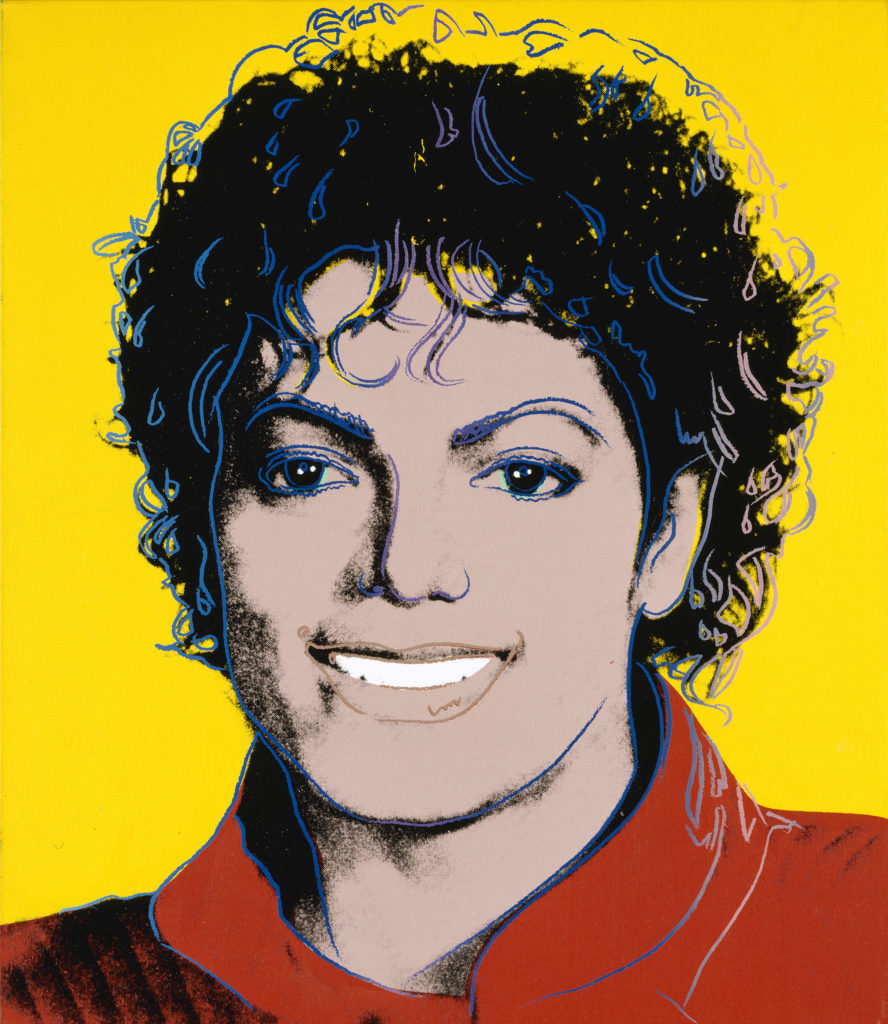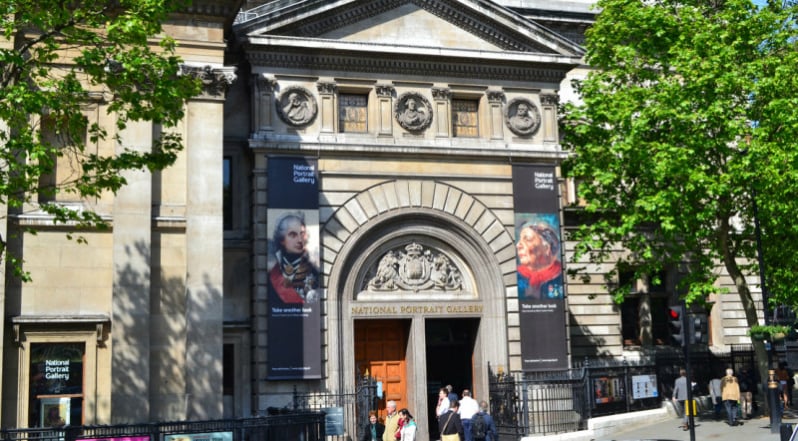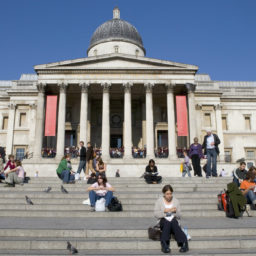In a surprise turn of events, the attendance crisis at the National Portrait Gallery in London seems to have been greatly exaggerated. Due to a recently discovered fault in the automatic counter, the museum discovered that more than 600,000 visitors were never recorded arriving at the entrance.
Instead of a 43 percent fall last year, adjusted figures show a 10 percent drop, which is in line with other leading art museums in the capital. While the museum’s director and trustees are relieved, they are still under pressure to organize exhibitions and promote the permanent collection to improve attendance and generate more income.
The gallery first suspected there was a fault with the sensor in July when it was recording fewer visitors arriving than were paying to see the a temporary exhibition, The Art Newspaper reported. Visitors to the “BP Portrait Award,” were counted manually.
The museum has long subcontracted the all-important headcount to the company Ipsos Retail Performance. An investigation by the gallery and the subcontractor discovered that the equipment had, in fact, been faulty since April 2017. The revised figures show that the museum received 1,691,547 visitors in the financial year 2017-18 not 1,072,377 as previously reported, an under count of 619,170. The counting system at the museum’s main entrance has now been replaced “and corrective actions are being taken by Ipsos Retail Performance to safeguard against a repetition of events,” the museum says.
The company explains in a statement that its engineer repaired the system in April 2017 but when it failed routine maintenance it was incorrectly recorded as working, so “low count alerts” were overruled. A combination of a technical malfunction and human error seems to have been to blame for the rogue statistics.

Andy Warhol, Michael Jackson (1984). Photo: National Portrait Gallery, Smithsonian Institution, Washington D.C. / Gift of Time magazine © 2018 The Andy Warhol Foundation for the Visual Arts, Inc. / Licensed by DACS, London.
While overall attendance was better than previously thought, the revised visitor figures means that the gallery’s income generation is actually lower per head than it believed. It has also been struggling to accurately predict visitor figures for its its high-profile, paying, temporary exhibitions. Shows of Cézanne’s and Picasso’s portraits have done well, each attracting more than 136,000 visitors, but two other important exhibitions in particular have been disappointing at the box office. A show of Tacita Dean’s films attracted fewer than 15,000 visitors this spring. It formed part of an unprecedented trilogy of solo exhibitions by the same artist, which was jointly organized by the National Portrait Gallery, the National Gallery, and the Royal Academy of Arts.
Last year, “Gillian Wearing and Claude Cahun: Behind the Mask, Another Mask,” attracted around 18,000 visitors. The juxtaposition of Wearing’s portraits with those of the lesbian Surrealist was critically well received, however.
Nicholas Cullinan, the director of the museum, told his trustees in March that in light of the current climate, in which visitors had less disposable income, travel costs had increased, and the competition for paid exhibitions was strong, “the gallery would reconsider the balance of the temporary exhibition program versus the permanent collection.” A spokeswoman for the gallery says that planned exhibitions, which include Cindy Sherman and Martin Parr solo shows, will go ahead.
In the meantime, the gallery hopes that its current Michael Jackson-inspired contemporary portrait show, which runs through October 21, as well as the Jackson-themed merchandise in its shop, will be as popular as the late King of Pop was. A lucrative international tour is already a done deal, with venues booked at the Grand Palais in Paris; in Bonn, Germany; and in Espoo, near Helsinki.
“Michael Jackson: On the Wall” is on view through October 21 at the National Portrait Gallery, London.










